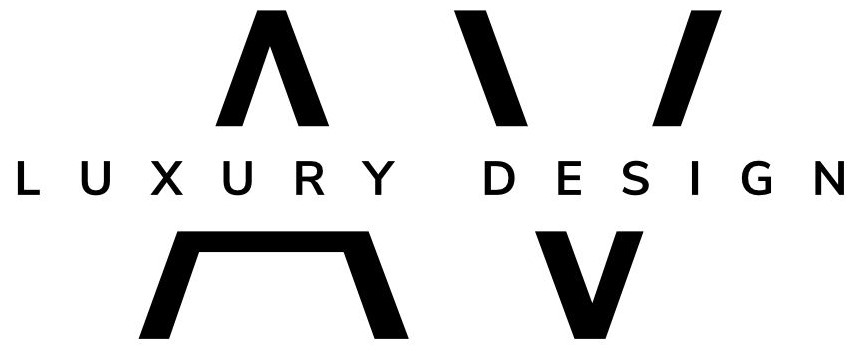
Invisible Technology: The Future Of Home Automation For Interior Designers
Invisible Technology: The Future of Home Automation for Interior Designers

An invisible speaker being installed and painted over.
As technology continues to evolve, so does the way we interact with our homes. Home automation has become increasingly popular over the years, offering homeowners convenience, comfort, and security. However, for interior designers, the challenge lies in seamlessly integrating technology into their designs without detracting from the overall aesthetic. This is where invisible technology comes into play. In this post, we’ll explore the concept of invisible technology and its potential impact on interior design.
What is Invisible Technology?
Invisible technology refers to devices and systems integrated seamlessly into a home’s design, becoming virtually invisible. These devices are designed to blend in with the home’s décor, creating a sleek and minimalist look. From lighting and climate control to entertainment systems and security, invisible technology can transform how we interact with our homes.
Advantages of Invisible Technology for Interior Designers
Invisible technology offers a host of advantages for interior designers, including:
Enhanced Aesthetics: Invisible technology allows interior designers to create a seamless, cohesive look throughout the home without the intrusion of bulky technology.
Increased Flexibility: With invisible technology, designers have greater flexibility in technology placement, enabling them to incorporate it into unique and challenging spaces.
Better Integration: By incorporating invisible technology into their designs, interior designers can create a more integrated and harmonious living space.
Added Value: By incorporating invisible technology, interior designers can add value to their clients’ homes, making them more attractive to potential buyers.
Invisible Technology Products and Solutions
Here are some examples of invisible technology solutions that can be integrated into interior design:
Hidden TVs: With advances in motorized lifts and mounts, TVs can be hidden in cabinets or ceilings when not in use, leaving more space for design elements.
Invisible Speakers: Speakers can be hidden in walls or ceilings, delivering high-quality sound without detracting from the overall design.
Smart Lighting: Smart lighting systems can be integrated into the home’s design, allowing homeowners to control the lighting from a smartphone or tablet.
Climate Control: Smart thermostats can be integrated into the home’s design, allowing homeowners to control the temperature of their homes from anywhere in the world.
Hidden Security: Security cameras and systems can be discreetly placed throughout the home, providing a high level of security without detracting from the overall design.
Designing for Invisible Technology
To successfully incorporate invisible technology into their designs, interior designers must work closely with technology experts to ensure the technology is seamlessly integrated into the home’s design. This involves:
Early Planning: Invisible technology should be considered early in the design process to ensure it can be integrated into the home’s design without compromising the overall aesthetic.
Collaboration: Interior designers and technology experts must work together closely to ensure that the technology is integrated to enhance the overall design.
Flexibility: Designers must be flexible and open to incorporating technology in unique and innovative ways, while still maintaining the overall design aesthetic.
Invisible technology is the future of home automation, offering homeowners convenience, comfort, and security while seamlessly integrating with their home’s design. For interior designers, invisible technology offers a new level of flexibility, enabling them to seamlessly create beautiful, functional spaces that incorporate the latest technology. By working closely with technology experts, interior designers can unlock the full potential of invisible technology and create truly stunning spaces.
We’d love to hear from you. Reach out to learn how we can integrate invisible technology into your next project. [email protected]
